Table of Contents
Introduction
Discover the perfect spice combinations to elevate your favorite fruits. This guide provides expert-tested pairings, precise measurements, and actionable techniques to transform ordinary fruit into extraordinary flavor experiences. Whether you're making a simple snack or gourmet dessert, these science-backed combinations will enhance sweetness, add complexity, and maximize nutritional benefits.
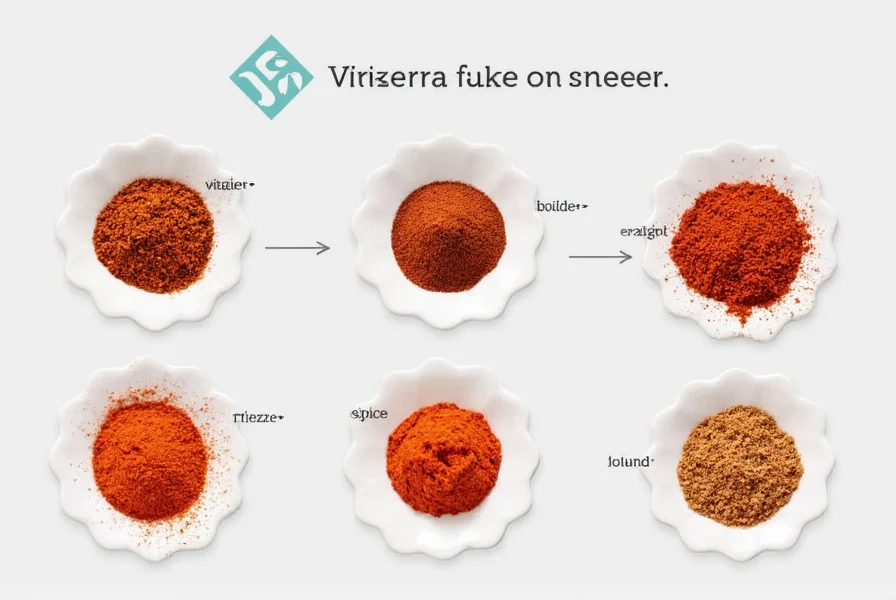
Best Spice-Fruit Pairings
| Spice | Best With | Flavor Profile | Usage Guide |
|---|---|---|---|
| Cinnamon | Apples, Bananas, Pears, Stone Fruits | Warm, sweet, woody | 1/8-1/4 tsp per cup of fruit; ideal for baking, oatmeal, or fresh fruit salads |
| Nutmeg | Oranges, Pineapples, Peaches, Plums | Earthy, nutty, sweet | Pinch per serving; perfect for compotes, baked goods, and tropical fruit dishes |
| Cardamom | Mangoes, Berries, Strawberries, Citrus | Floral, citrusy, aromatic | 1/8 tsp per cup; enhances smoothies, yogurt parfaits, and fruit teas |
| Ginger | Lemons, Limes, Pineapples, Watermelon | Pungent, spicy, refreshing | 1/4 tsp ground or 1 tsp fresh grated; ideal for savory fruit salads and cocktails |
| Allspice | Peaches, Cherries, Plums, Figs | Warming, complex, cinnamon-clove blend | 1/8 tsp per cup; excellent for preserves, sauces, and baked fruit desserts |
| Cayenne | Mangoes, Pineapple, Watermelon, Grapefruit | Spicy, savory, bright | Pinch per serving; creates sweet-savory profiles for tropical fruit dishes |
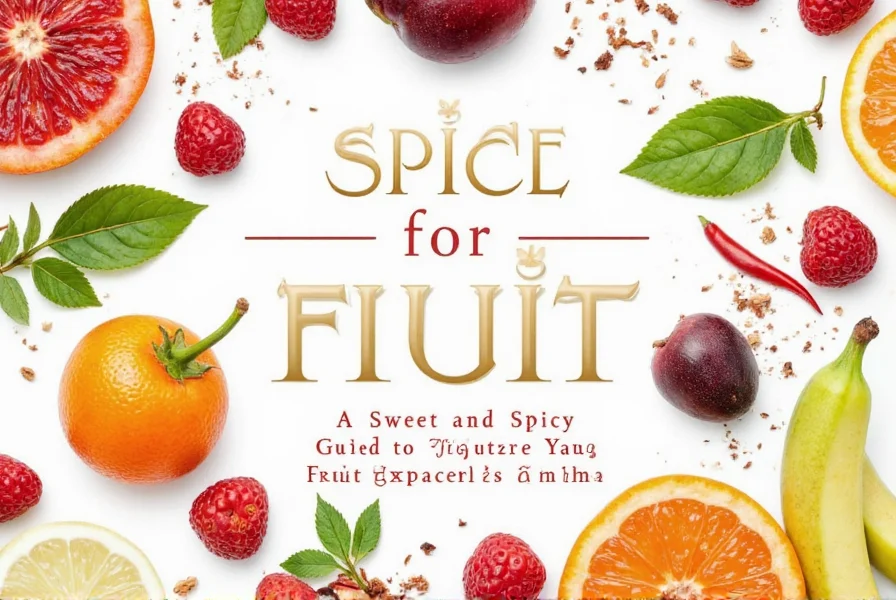
How to Use Spices with Fruits
Master these professional techniques to maximize flavor without overpowering your fruit:
- Exact Measurements: Always start with 1/8 tsp per cup of fruit for ground spices. Taste before adding more - spices like nutmeg and cloves become bitter quickly when overused.
- Temperature Matters: Warm spices (cinnamon, allspice) release more flavor when heated; use 20% less for cold preparations like smoothies.
- Infusion Techniques: For whole spices (cardamom pods, cinnamon sticks), simmer in syrup for 10 minutes then remove before serving to avoid bitterness.
- Layering Flavors: Combine complementary spices: cinnamon + nutmeg for apples, ginger + lime zest for pineapple, cardamom + vanilla for berries.
- Savory-Sweet Balance: For tropical fruits like mango, use 1:3 ratio of cayenne to sugar (e.g., 1/4 tsp cayenne + 3 tsp sugar per cup of fruit).
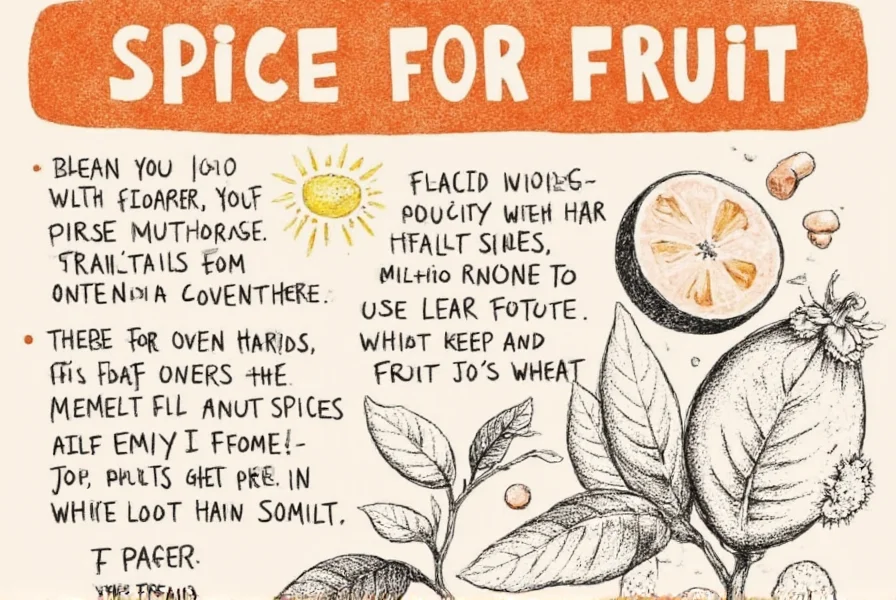
Practical Tips for Perfect Pairings
- Quality Check: Fresh spices retain potency 6-12 months. Rub between fingers - if no aroma, replace immediately.
- Texture Matters: For whole fruits (apples, pears), grate spices directly over the surface for even distribution. For purees, blend spices into the mixture.
- Seasonal Adjustments: Winter fruits (figs, pomegranates) benefit from warming spices (cinnamon, allspice). Summer fruits (berries, melons) pair best with bright spices (ginger, cardamom).
- Health Optimization: Cinnamon reduces blood sugar spikes when paired with high-glycemic fruits like bananas. Ginger enhances nutrient absorption from tropical fruits.
- Pro Tip: For frozen fruit, increase spice quantity by 25% to compensate for temperature dulling flavors.
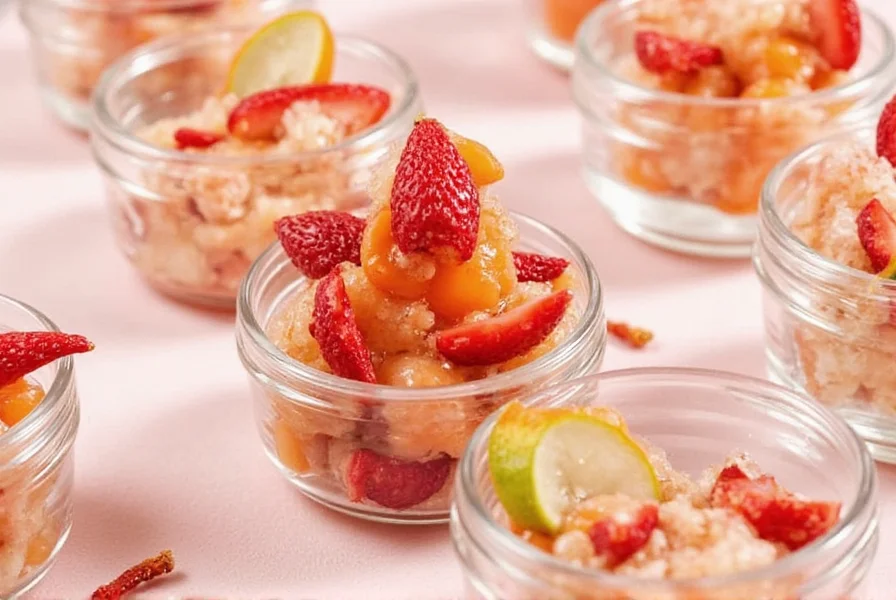
Frequently Asked Questions
What's the most versatile spice for all fruits?
Cinnamon is the most versatile spice for fruits due to its balanced sweetness and universal appeal. However, for tropical fruits like mango and pineapple, cardamom provides superior flavor enhancement without overpowering. Always start with minimal amounts (1/8 tsp per cup) and adjust based on fruit sweetness.
How to prevent spices from clumping on fruit?
For fresh fruit, mix spices with a small amount of honey or maple syrup first to create a paste. This ensures even distribution without clumping. For dry applications, use a fine-mesh sieve to sprinkle spices over the fruit surface.
Which spices work best with frozen fruit?
When using frozen fruit, increase spice quantities by 25% to compensate for temperature dulling flavors. Cardamom, ginger, and cinnamon work best as they retain their potency when frozen. Avoid delicate spices like saffron that lose flavor in cold temperatures.
Can spices replace sugar in fruit dishes?
Spices enhance sweetness perception but cannot fully replace sugar. However, cinnamon and vanilla can reduce sugar needs by 20-30% in baked goods. For fresh fruit, try a pinch of cinnamon with a small amount of honey for balanced sweetness without excess sugar.
What's the science behind spice-fruit pairing?
Spices contain volatile compounds that interact with fruit sugars and acids. Cinnamon's cinnamaldehyde enhances sweetness perception, while ginger's gingerols balance acidity in citrus. This chemical interaction creates flavor harmony that makes fruits taste sweeter and more complex without adding calories.
How to store spices for fruit pairing?
Store spices in airtight containers away from light and heat. Whole spices (cinnamon sticks, cardamom pods) last 2-3 years, while ground spices maintain potency for 6-12 months. For optimal fruit pairing, replace ground spices every 6 months and store whole spices in the freezer to preserve essential oils.
Conclusion
Mastering spice-fruit pairings transforms simple fruit into gourmet experiences. Remember: precise measurements, temperature considerations, and quality ingredients are key. Start with the recommended amounts in this guide, experiment with complementary combinations, and let your taste buds guide you. With these science-backed techniques, you'll unlock new dimensions of flavor in every fruit dish you create.
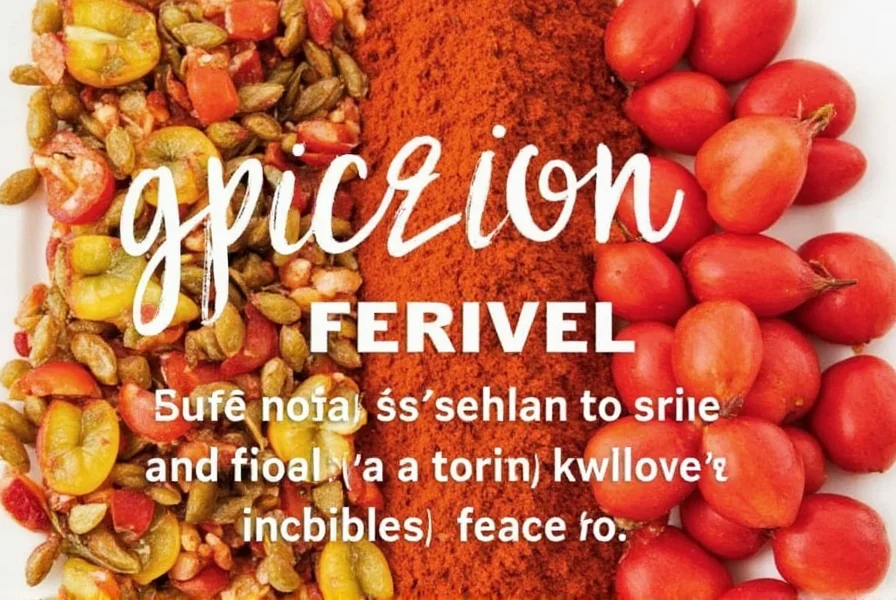

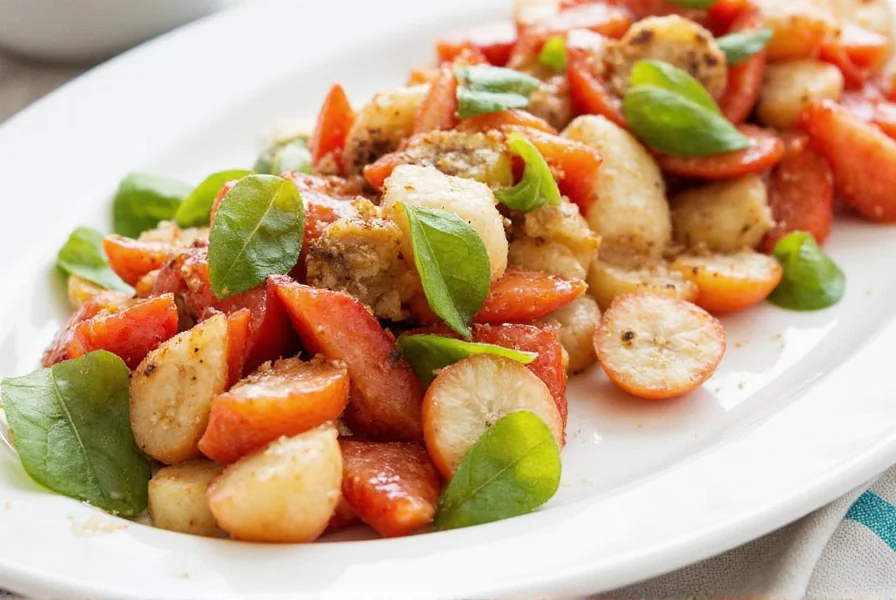









 浙公网安备
33010002000092号
浙公网安备
33010002000092号 浙B2-20120091-4
浙B2-20120091-4